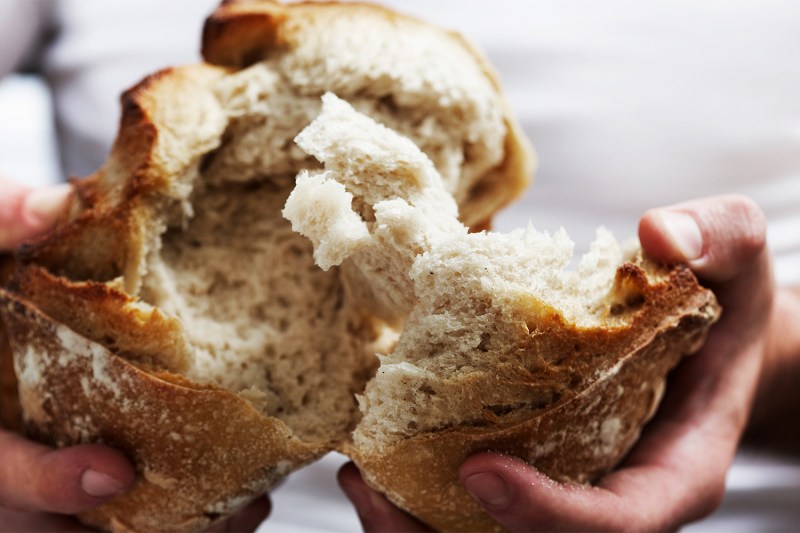The art of bread making is an ancient one, its techniques, methods, and even recipes passed down for centuries. Of course, bread is a staple of the human diet. It fills and nourishes our bodies with rich grains and sustaining carbohydrates. And if done correctly, a homemade loaf can be one of the most beautifully perfect, decadent indulgences imaginable. A tenderly sliced piece of made-from-scratch, fluffy bread, warm from the oven, slathered in fresh butter is one of life’s greatest pleasures. For those who enjoy baking, the process can also be a therapeutic and peaceful one. Kneading, stretching, and rolling dough into submission can feel like magic happening in your bare hands.
But for those of us who aren’t Nancy Silverton, making bread at home can come with its frustrations. All of that hard work, effort, and mess resulting in a dry, humdrum loaf is truly heartbreaking and can send you running for the bakery before you can say “sourdough starter.” But there is a solution, one that can give your homemade rolls, sandwich breads, and even sweet rolls like cinnamon buns a flakey, pillowy, soft, and buttery texture every time. That solution is called “Tangzhong.”

Tangzhong is hardly a new trick, but it’s still relatively unfamiliar to the Western world. Thankfully, it has been recently popularized by famed cookbook author Yvonne Chen.
The method involves briefly cooking a small percentage of the recipe’s flour and liquid (usually water or milk) into a slurry mixture, instead of adding them directly to the bread’s other ingredients. This slurry is then worked into the remaining recipe, and gives the resulting bread a much more pillowy soft interior.
The science behind this technique is really quite interesting. The created slurry pre-gelatinizes the starches in the flour, making them able to absorb twice as much liquid as a normal bread-making technique would. Having retained all that extra liquid, your resulting loaves, rolls, or buns will be softer and richer.
America’s Test Kitchen goes in depth into the process in the video below.
To use this method at home, start by reserving 1 part flour and 5 parts liquid of your selected recipe. Over medium heat, whisk the mixture until it reaches 149 degrees Fahrenheit and no lumps remain. Once the slurry has cooled, incorporate it into the rest of the bread ingredients and proceed with the recipe as normal.
Your resulting bread will be twice as soft and even stay fresh much longer. Thanks, science!


